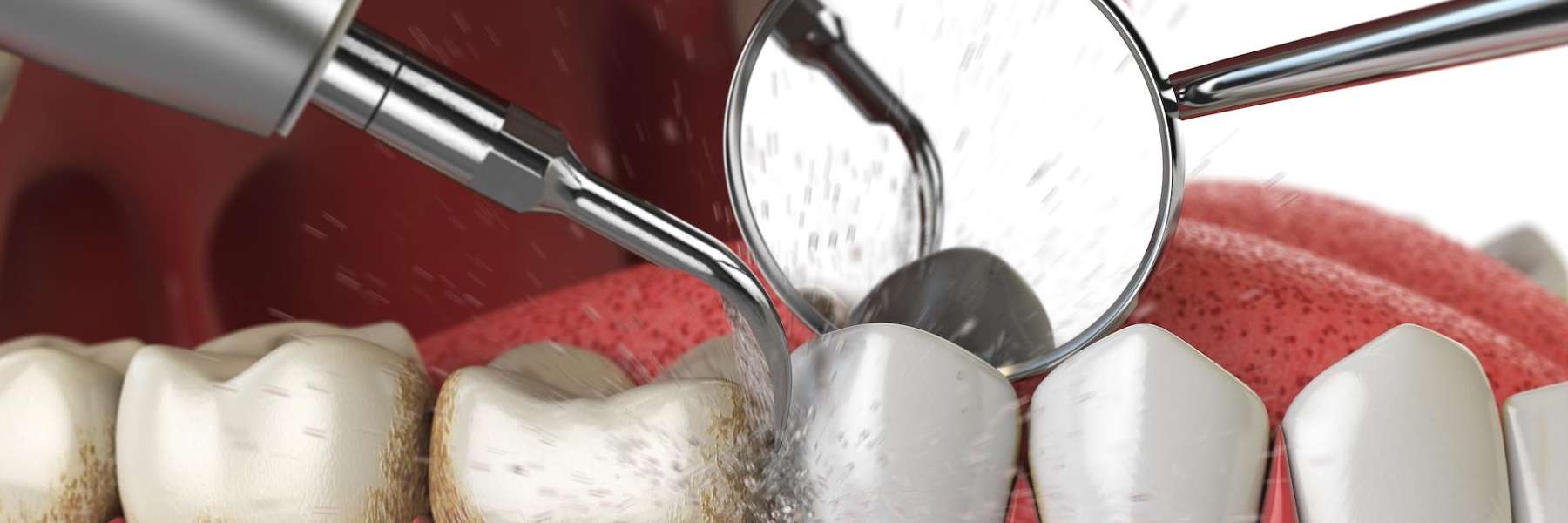
Medication-induced gingival hyperplasia (MIGH) is a condition characterized by an overgrowth of gum tissue. MIGH often results as a side effect of certain medications. While MIGH might seem benign, it’s a condition that can lead to serious oral health complications if left untreated. Understanding its causes and treatment options is crucial for effective management.
What Exactly Is Medication-Induced Gingival Hyperplasia?
Medication-induced gingival hyperplasia refers to the abnormal enlargement of the gum tissue due to the use of certain medications. This condition typically manifests as swollen, overgrown gum tissue that may extend over the teeth, causing discomfort, aesthetic concerns, and challenges in maintaining optimal dental health. Some of the medications known to contribute to MIGH include anticonvulsants like phenytoin and valproic acid, immunosuppressants such as cyclosporine, calcium channel blockers like nifedipine and verapamil, and certain hormonal medications containing estrogen or progesterone.
Causes of Medication-Induced Gingival Hyperplasia
Medication-induced gingival hyperplasia can be the result of various factors. The most significant among these are specific medications, along with certain underlying genetic predispositions. Here are some additional details about the common causes of MIGH:
- Anticonvulsants. Medications used to treat issues like epilepsy and seizures, such as phenytoin and valproic acid, are common MIGH triggers.
- Immunosuppressants. Drugs like cyclosporine, which is often prescribed following transplant surgery or to treat autoimmune disorders, can trigger gum overgrowth.
- Calcium channel blockers. Some medications that are used to manage hypertension (high blood pressure), such as nifedipine and verapamil, can cause gingival enlargement.
- Hormonal medications. Some hormonal medications, particularly those containing estrogen or progesterone, have been associated with MIGH.
- Genetic factors. While medication plays a significant role in MIGH, certain genetic predispositions can also elevate an individual's susceptibility to MIGH.
Risks of Neglecting Medication-Induced Gingival Hyperplasia
Neglecting medication-induced gingival hyperplasia can result in a range of complications to an individual’s oral health and overall well-being. These MIGH-related risks include:
- Oral hygiene challenges. Enlarged gums make it difficult to properly clean between teeth and along the gumline, contributing to potential oral hygiene issues.
- Periodontal disease. Excessive gum tissue can harbor bacteria and plaque, which increase the risk of gum disease.
- Aesthetics. Overgrown gums can adversely affect smile aesthetics. This can adversely affect self-confidence and, consequently, overall quality of life.
- Tooth mobility. In severe cases, MIGH can lead to tooth displacement and mobility, or shifting and, ultimately, the loosening of teeth.
Preventive Measures for Medication-Induced Gingival Hyperplasia:
To prevent the onset or worsening of MIGH, there are several proactive steps an individual can take. Here are a few of the most impactful:
- Maintain meticulous oral hygiene practices, including regular (at least twice daily) brushing and daily flossing to minimize plaque buildup.
- Attend regular dental check-ups and cleanings to monitor gum health and detect MIGH in its earliest stages.
- Inform your dentist about any medications you are taking to assess your risk of developing MIGH and tailor your dental care accordingly.
- Consider discussing dosage adjustments or alternative medications with your doctor if MIGH develops or worsens.
Treatments for Medication-Induced Gingival Hyperplasia
There are several treatment options available to help individuals manage or eliminate the effects of medication-induced gingival hyperplasia and restore their oral health. Here are a few of the most popular and effective:
- Gingivectomy. The surgical removal of excess gum tissue to restore a healthier gum-to-tooth ratio.
- Periodontal therapy. Scaling and root planing procedures to address underlying periodontal issues.
- Medication adjustment. Changing medication doses or switching to alternative medications that don’t promote gingival overgrowth.
- Orthodontic intervention. Orthodontic treatment may be recommended to correct MIGH-related tooth alignment and improve gum aesthetics.
- Good oral hygiene practices. Maintaining a commitment to a meticulous oral hygiene routine, including regular brushing, flossing, mouthwash rinses, and professional dental cleanings and oral exams, is essential for managing MIGH.
By understanding the causes and treatment options for medication-induced gingival hyperplasia, individuals can take proactive steps to address this condition and maintain optimal oral health. Consulting with a qualified dental professional is paramount for accurate diagnosis and personalized treatment planning.
Oral Exams and Dental Cleanings with a Top Periodontist in Rehoboth Beach, DE
If you’re looking for dentist near me for a top-quality periodontist Rehoboth Beach to guide you through preventive or corrective measures for medication-induced gingival hyperplasia, as well as provide vital preventive and cosmetic services like routine dental cleanings and teeth whitening, contact Dr. Curtis Leciejewski, DDS, MAGD, and the caring team at Rehoboth Beach Dental to schedule a consultation!

